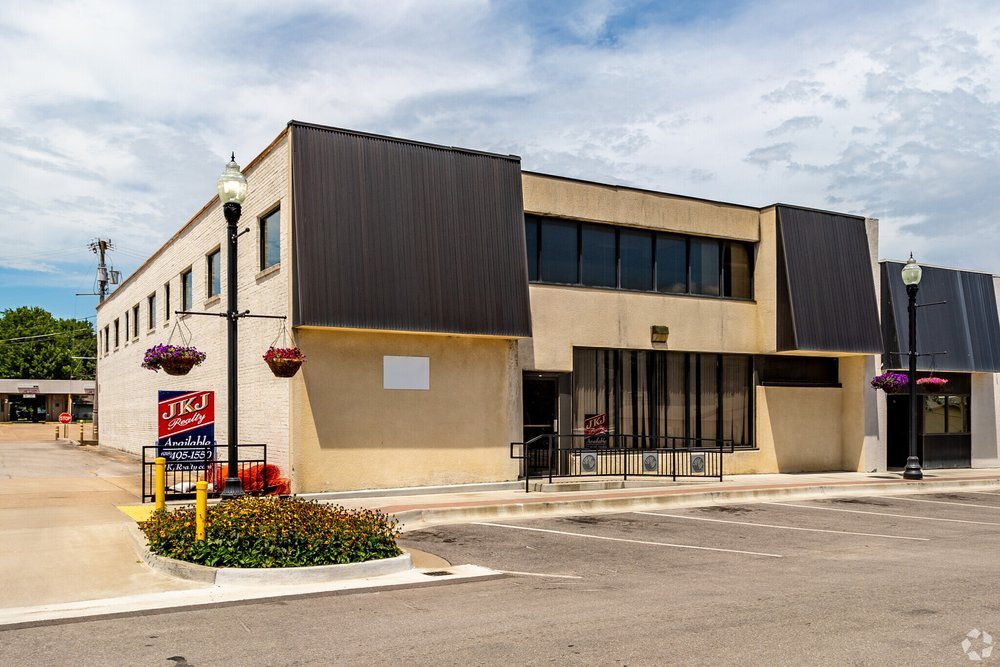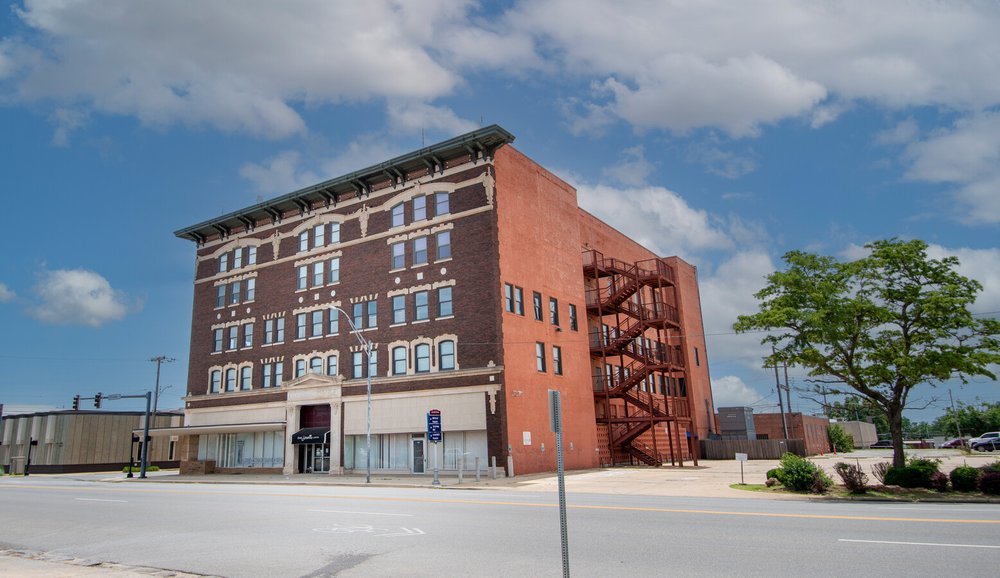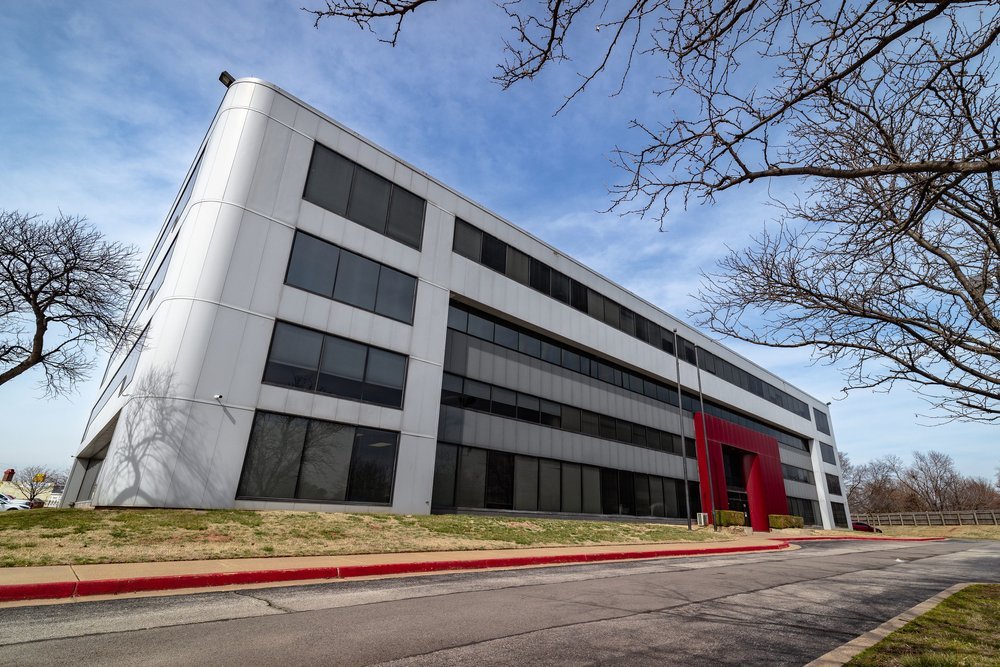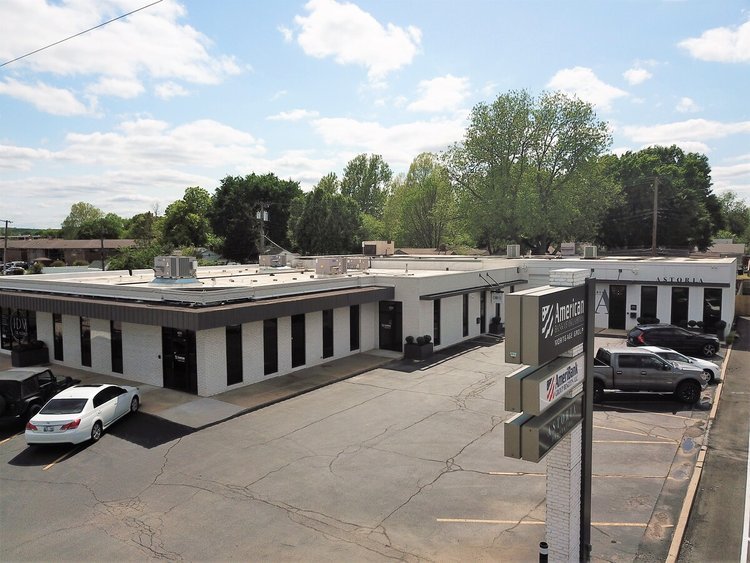The Office Building Inspection That Helps You Plan, Budget, and Close the Deal
How Owners, Tenants, and Buyers Make Smarter Office Building Decisions
Since 2019, office buildings and suites have made up 24.6% of our total commercial property inspections across Oklahoma, Arkansas, Missouri, and Kansas. From suburban medical offices to downtown high-rises, we’ve seen firsthand how office space serves as both a strategic investment and a major operational liability. The clients we serve—buyers, sellers, owners, tenants, lenders, and insurers—all come to us with unique needs, and it’s our job to meet each one with tailored insights.
The People Behind the Property
Our work starts with people. Here are the client types we most often serve during office building inspections and what they’re looking for:
Building Owners & Property Managers
Often focused on preserving asset value and planning for the next 10–15 years. For owners of medical, legal, or financial office space, capital planning for HVAC systems, elevators, and parking structures is a key concern.
Buyers & Sellers
Buyers want to know if their investment is a goldmine—or a money pit. A detailed PCA with an Opinion of Cost report can make or break the deal. Sellers use our inspections to proactively identify and resolve issues that could derail closing.
Commercial Lease Tenants
Tenants leasing large suites or entire buildings want to avoid hidden liabilities that can eat into their bottom line—like neglected roofing or elevator repairs. They also need documentation to negotiate leasehold improvements or maintenance credits.
Financial Institutions
For lenders, collateral is everything. Our reports help banks and credit unions verify the building’s condition and the cost to cure any major deficiencies before issuing commercial real estate loans.
Insurance Providers
When a carrier is insuring a large office asset, they want to understand the property’s risk profile. Our inspection reveals fire hazards, deferred maintenance, and ADA deficiencies that could increase exposure.
Government & Public Agencies
When public funds are on the line, transparency matters. Local governments and state agencies rely on us to verify ADA compliance, code adherence, and structural soundness before leasing or purchasing commercial office space.
The Services That Deliver Confidence
We offer three primary services to meet the diverse needs of our office-building clients:
Property Condition Assessment (PCA)








Also known as a commercial building inspection, a PCA is a comprehensive walk-through of the building’s systems, structure, and components. For office buildings, we focus on:
Mechanical (HVAC zones and redundancy)
Electrical (panel capacities and age)
Plumbing (bathroom groups and risers)
Roofing (drainage, leaks, membrane condition)
Fire & life safety (sprinklers, fire alarms, exits)
Accessibility (elevators, door widths, ramps)
Only a Handful of the Commercial Properties We’ve Inspected!
Our findings are summarized in a Property Condition Report (PCR), which outlines observed deficiencies and our recommendations for repair or further investigation.
Opinion of Cost Report
This optional add-on provides short-term cost projections—usually 1–2 years—for repairing or replacing noted deficiencies. Based on local contractor pricing and RSMeans data, our reports include a 20% variance estimate to help building owners and stakeholders budget realistically.
Why is this critical?
Because financial surprises are deal-breakers. Whether budgeting for improvements or negotiating purchase price reductions, these estimates equip clients to act wisely and decisively.
ADA Accessibility Inspection
A crucial service for office spaces open to the public. We evaluate:
Parking lots and entryways
Restrooms and door hardware
Corridor widths and signage
Elevator controls and thresholds
We reference federal ADA standards and the CCPIA Commercial Property Inspection Standards of Practice (COMSOP) to help owners reduce the risk of lawsuits, complaints, and fines—and protect tenants from liabilities.
Common Findings in Office Building Inspections
Office buildings are deceptively complex. Even a three-story structure may include dozens of components requiring scrutiny. Here are a few issues we frequently encounter:
HVAC Inefficiencies
Zoned systems that don’t match tenant load demands. Aging rooftop units near end of service life.Water Intrusion
Improperly sealed parapet walls or deteriorating flashing can lead to rot in wall cavities or ceiling systems.Electrical Code Issues
In older office suites, especially those retrofitted for medical or dental use, we often find overloaded subpanels or ungrounded outlets.Deferred Maintenance
Parking lot resurfacing, roof patchwork, or pest damage often signals budget constraints or neglect.Non-Compliant ADA Features
Common in buildings updated before 2010 ADA revisions—narrow restrooms, steep curb ramps, missing tactile signs, etc.
Each of these findings becomes a decision point for our clients. Will they negotiate repairs, walk away, or plan capital expenditures? We provide the information they need to make that call.
Some of Our Office Clients Include:
Here are a few great examples of the office buildings we’ve inspected:
Inspection Trends by Region
Having completed hundreds of inspections across Oklahoma, Arkansas, Missouri, and Kansas, we’ve noticed some distinct regional differences:
Tulsa & OKC office buildings tend to have newer construction but struggle with HVAC zoning.
Little Rock features more historic office buildings, with brick façades and older wiring systems.
Springfield, MO has a number of single-tenant office parks with long-deferred exterior maintenance.
Wichita and Kansas City often present ADA noncompliance issues in mid-rise office towers built before 1990.
We tailor our reporting language and recommendations based on local codes and common construction practices in each area.
Final Thoughts: Decisions Backed by Data
We’ve inspected hundreds of office buildings. And each one represents more than square footage—it represents a business plan, a strategic investment, a home for a team. When you work with us, you’re not getting a checklist. You’re getting seasoned insight rooted in thousands of hours spent in the field.
Whether you're a building owner planning upgrades, a buyer navigating due diligence, or a lender verifying asset condition, we’re here to help you move forward with clarity.
Bibliography
International Code Council. (n.d.). International property maintenance code. ICC Digital Codes. https://codes.iccsafe.org/
National Fire Protection Association. (n.d.). NFPA codes and standards. https://www.nfpa.org/Codes-and-Standards
RSMeans. (n.d.). RSMeans building construction costs data. https://www.rsmeans.com/
U.S. Department of Justice, Civil Rights Division. (2010). 2010 ADA standards for accessible design. https://www.ada.gov/resources/2010-ada-standards/
Building Owners and Managers Association International. (n.d.). Office building classification guide. https://www.boma.org/
Certified Commercial Property Inspectors Association. (n.d.). International standards of practice for inspecting commercial properties (COMSOP). https://ccpia.org/comsop/
Questions Answered by the Article
What should I expect during a commercial office building inspection?
Why do buyers, owners, and tenants of office buildings need different inspection services?
How does a Property Condition Assessment (PCA) help during a commercial real estate transaction?
What is the difference between a Property Condition Assessment (PCA) and a Property Condition Report (PCR)?
What does an Opinion of Cost Report include and why is it important?
What are the common issues found in office building inspections?
How do accessibility inspections help office building owners stay ADA compliant?
What standards are used for commercial building accessibility inspections?
How do lenders and insurance providers use commercial inspection reports?
How can commercial tenants use an inspection report to avoid surprise maintenance costs?
What is included in a commercial inspection for an office building?
What are typical ADA compliance issues found in older office buildings?
What are regional trends or concerns in office buildings across OK, AR, MO, and KS?
How can inspection data help building owners plan for capital improvements?
Why should government agencies and public entities inspect office buildings before purchase or lease?
What’s the value of having both a PCA and an Opinion of Cost before buying an office property?
How can a commercial inspection report reduce risk in office real estate transactions?
What makes your commercial inspection services unique for office buildings?

































